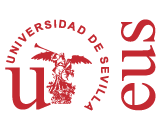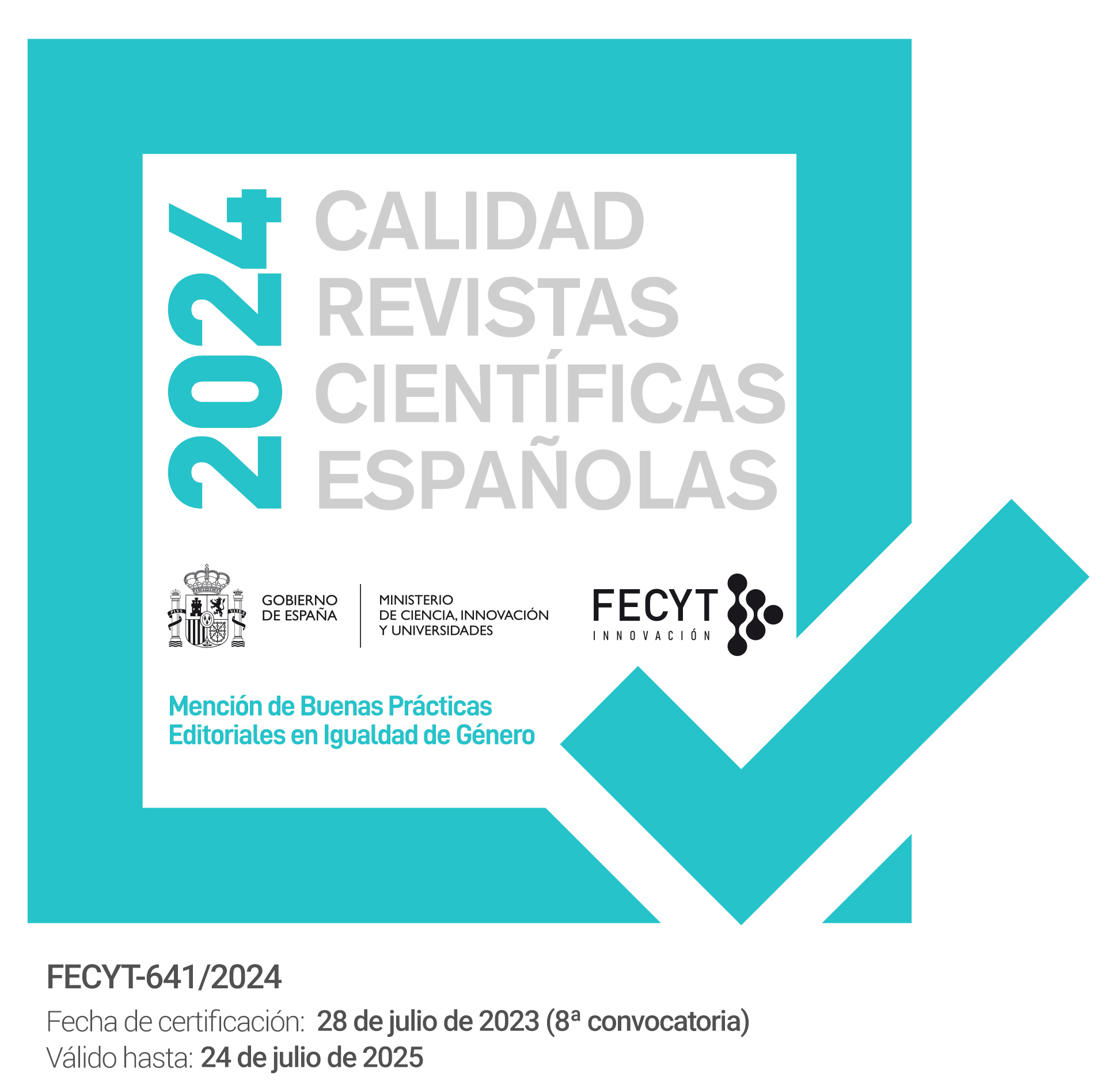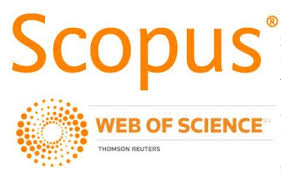La narración polifónica del estallido social chileno en el paisaje lingüístico de Santiago
DOI:
https://doi.org/10.12795/PH.2024.v38.i01.01Palabras clave:
paisaje lingüístico, estallido social chileno, grafitis, polifonía, análisis del discursoResumen
A partir de un corpus de 1500 fotografías de grafitis, carteles y otros textos escritos, recogidas en noviembre de 2019 en diferentes barrios centrales de Santiago, el presente trabajo analiza la imbricación entre el espacio, las prácticas lingüísticas y el proceso de politización de la protesta. En primer lugar, se explorará la semiótica transgresiva de los grafitis (Pennycook, 2009) y su papel en el proceso de des- y re-territoralización; en segundo lugar, el análisis se centrará en el fenómeno de la polifonía discursiva (Bajtín, 1981; Ducrot, 1986). Desde esta perspectiva, el PL del estallido social chileno puede verse como conjunto heteroglósico de voces, en conexión con el contexto inmediato, con el pasado de Chile desde la dictadura de Pinochet y con los movimientos de protesta globales, pasados y contemporáneos.
Descargas
Citas
Aguilera, C., Angelcos, N., Barozet, E., Cabrera, A., Espinoza, V., Gutiérrez Crocco, F., Jara, D., Montero, V. y Rojas, M. (2020). 18/O: Personas comunes en movilizaciones extraordinarias. Ciper Chile. https://www.ciperchile.cl/2020/10/17/18-o-personas-comunes-en-movilizaciones-extraordinarias-parte-1/
Bajtín, M. M. (1981). Discourse in the Novel. En C. Emerson y M. Holguist (Trads.), The Dialogic Imagination. Four Essays (pp. 129-422). University of Texas Press. (Obra original publicada en 1975).
Barni, M. y Bagna, C. (2016). 1 March – A day without immigrants: the urban linguistic landscape and the immigrants’ protest. En R. Blackwood, E. Lanza y M. Woldemariam (Eds.), Negotiating and Contesting Identities in Linguistic Landscapes (pp. 55-70). Bloomsbury.
Ben-Rafael, E., Shohamy, E., Amara, M. H. y Trumper-Hecht, N. (2006). Linguistic Landscape as symbolic construction of the public space: the case of Israel. En D. Gorter (Ed.), Linguistic Landscape: A New Approach to Multilingualism (pp. 7-30). Multilingual Matters. https://doi.org/10.21832/9781853599170-002
Ben Said, S. y Kasanga, L. A. (2016). The Discourse of Protest: Frames of Identity, Intertextuality and Interdiscursivity. En R. Blackwood, E. Lanza y M. Woldemariam (Eds.), Negotiating and Contesting Identities in Linguistic Landscapes (pp. 71-83). Bloomsbury.
Blackwood, R., Lanza, E. y Woldemariam, M. (Eds.). (2016). Negotiating and Contesting Identities in Linguistic Landscapes. Bloomsbury.
Blommaert, J. (2013). Ethnography, Superdiversity and Linguistic Landscapes: Chronicles of Complexity. Multilingual Matters. https://doi.org/10.21832/9781783090419
Caiani, M. (2023). Framing and social movements. Discourse Studies, 25(2), 195-209. https://doi.org/10.1177/14614456231154734
Calvi, M. V. (2018). Paisajes lingüísticos hispánicos: Panorama de estudios y nuevas perspectivas. LynX. Panorámica de Estudios Lingüísticos, (17), 5-58.
Cárdenas-Neira, C. y Pérez-Arredondo, C. (2021). Prácticas discursivas insurgentes y ocupación de espacios urbanos: Análisis de los paisajes semióticos creados en dos ciudades de Chile durante la revuelta social (2019-2020). Bulletin of Spanish Studies, 98(7), 1165-1190. https://doi.org/10.1080/14753820.2021.1961458
De Certeau, M. (1984). The Practice of Everyday Life. University of California Press.
Domingo, D. (2020). No era paz, era silencio. El sonido en el paisaje sociosemiótico urbano del “Estallido social” chileno desde los ECDM. Árboles y Rizomas, 2(2), 44-68. https://doi.org/10.35588/ayr.v2i2.4611
Ducrot, O. (1986). El decir y lo dicho. Polifonía de la enunciación (M. Eskenazi, Trad.). Paidós. (Obra original publicada en 1984).
Duque, E. (2016). Las relaciones de discurso. Arco/Libros.
Figueroa Irarrázabal, G. (2006). Sueños enlatados. El graffiti Hip hop en Santiago de Chile. Editorial Cuarto Propio.
Garcés, M. (2019). October 2019: Social Uprising in Neoliberal Chile. Journal of Latin American Cultural Studies, 28(3), 483-491. https://doi.org/10.1080/13569325.2019.1696289
García Agustín, Ó. y Aguirre Díaz, F. J. (2014). Spatial practices and narratives: The GenkiDama for Education by Chilean Students. Journal of Language and Politics, 13(4), 732-754. https://doi.org/10.1075/jlp.13.4.07agu
Garrido, J. C. (2021). Las paredes hablan: genealogía, psicología política y expresiones del rayado masivo de octubre. En J. de la C. Garrido, D. Carrasco y C. Arqueros (Eds.), Conflictividad política en Chile (pp. 13-57). Universidad del Desarrollo.
Goffman, E. (1959). The Presentation of Self in Everyday Life. Doubleday Anchor Books.
Gordon-Zolov, T. y Zolov, E. (Eds.), (2022). The Walls of Santiago. Social Revolution and Political Aesthetics in Contemporary Chile. Berghahn Books.
Gorter, D. (2018). Methods and techniques for Linguistic Landscape research: about definitions, core issues and technological innovations. En M. Pütz y N. Mundt (Eds.), Expanding the Linguistic Landscape: Linguistic Diversity, Multimodality and the Use of Space as a Semiotic Resource (pp. 38-57). Multilingual Matters. https://doi.org/10.21832/9781788922166-005
Guerra Salas, L. (2018). El paisaje lingüístico desde la lingüística perceptiva. Lingue e Linguaggi, 25, 125-143.
Jaworski, A. y Thurlow, C. (Eds.). (2010). Semiotic Landscapes. Language, Image, Space. Bloomsbury.
Kallen, J. L. (2010). Changing landscapes: language, space and policy in the Dublin linguistic landscape. En A. Jaworski y C. Thurlow (Eds.), Semiotic Landscapes. Language, Image, Space (pp. 41-58). Bloomsbury.
Landry, R. y Bourhis, R. Y. (1997). Linguistic Landscape and Ethnolinguistic Vitality: An Empirical Study. Journal of Language and Social Psychology, 16(1), 23-49. https://doi.org/10.1177/0261927X970161002
Latorre, G. (2019). Democracy on the Wall: Street Art of the Post-Dictatorship Era in Chile. The Ohio State University Press. https://doi.org/10.26818/9780814214022
Maly, I. y Blommaert, J. (2019). Digital Ethnographic Linguistic Landscape Analysis (ELLA 2.0). Tilburg Papers in Culture Studies, 233.
Márquez, F., Colimil, M., Jara, D., Landeros, V. y Martínez, C. L. (2020). Paisaje de la Protesta en Plaza Dignidad de Santiago, Chile. Revista Chilena de Antropología, (42), 112-145. https://doi.org/10.5354/0719-1472.2020.60487
Martín Rojo, L. (2001). New Developments in Discourse Analysis: Discourse as Social Practice. Folia Linguistica, 35(1-2), 41-78. https://doi.org/10.1515/flin.2001.35.1-2.41
Martín Rojo, L. (2016). Occupy: La dinámica espacial del discurso en los movimientos globales de protesta. Discurso & Sociedad, 10(4), 610-639. http://hdl.handle.net/10486/679607
Martín Rojo, L. y Díaz de Frutos, C. (2014). En #Sol, revolución: Paisajes lingüísticos para tomar las plazas. Journal of Spanish Cultural Studies, 15(1-2). https://doi.org/10.1080/14636204.2014.982889
Merleau-Ponty, M. (2018). Fenomenologia della percezione. Bompiani. (Obra original publicada en 1945).
Morant Marco, R. y Martín López, A. (2017). Tatuajes urbanos: los susurros, murmullos y gritos de la ciudad. Tirant lo Blanch.
Pennycook, A. (2009). Linguistic Landscapes and the transgressive semiotics of graffiti. En E. Shohamy y D. Gorter (Eds.), Linguistic Landscape: Expanding the Scenery (pp. 302-312). Taylor & Francis Group.
Pennycook, A. (2018). Linguistic Landscapes and Semiotic Assemblages. En M. Pütz y N. Mundt (Eds.), Expanding the Linguistic Landscape: Linguistic Diversity, Multimodality and the Use of Space as a Semiotic Resource (pp. 75-88). Multilingual Matters. https://doi.org/10.21832/9781788922166-007
Pérez Pallares, F. (2018). Reflexiones en torno al uso de metodologías cualitativas en contextos urbanos: la observación flotante y los relatos espaciales en la comprensión de la vida urbana. En R. Guber (Coord.), Trabajo de campo en América Latina (Tomo I, pp. 331-341). Sb editorial.
Pétonnet, C. (1982). L’Observation flottante. L’exemple d’un cimetière parisien. L’Homme. Revue française d’anthropologie, 22(4), 37-47.
Pütz, M. y Mundt, N. (Eds.). (2019). Expanding the Linguistic Landscape: Linguistic Diversity, Multimodality and the Use of Space as a Semiotic Resource. Multilingual Matters.
Rosillo Villena, J. (2021). Análisis crítico multimodal de grafitis lingüísticos en la comuna de Ñuñoa post 18-O: las formas del discurso contra la dominancia social. Árboles y Rizomas, 3(1), 17-39. https://doi.org/10.35588/ayr.v3i1.4856
Rubdy, R. (2015). Conflict and Exclusion: The Linguistic Landscape as an Arena of Contestation. En R. Rubdy y S. Ben Said (Eds.), Conflict, Exclusion and Dissent in the Linguistic Landscape (pp. 1-24). Palgrave Macmillan. https://doi.org/10.1057/9781137426284_1
Rubdy, R. y Ben Said, S. (Eds.). (2015). Conflict, Exclusion and Dissent in the Linguistic Landscape. Palgrave Macmillan. https://doi.org/10.1057/9781137426284
Salazar, G. (Ed.). (2011). Demostraciones ciudadanas: ¿masas o soberanía? Dolencias históricas de la memoria ciudadana (Chile, 1810-2010). Editorial Universitaria.
Scollon, R. y Scollon, S. W. (2003). Discourses in Place. Language in the Material World. Routledge. https://doi.org/10.4324/9780203422724
Seals, C. A. (2015). Overcoming Erasure: Reappropriation of Space in the Linguistic Landscape of Mass-Scale Protests. En R. Rubdy y S. Ben Said (Eds.), Conflict, Exclusion and Dissent in the Linguistic Landscape (pp. 223-238). Palgrave Macmillan. https://doi.org/10.1057/9781137426284_11
Shiri, S. (2016). Co-Constructing Dissent in the Transient Linguistic Landscape: Multilingual Protest Signs of the Tunisian Revolution. En R. Rubdy y S. Ben Said (Eds.), Conflict, Exclusion and Dissent in the Linguistic Landscape (pp. 239-259). Palgrave Macmillan.
Shohamy, E. (2015). LL research as expanding language and language policy. Linguistic Landscape, 1(1-2), 152-171. https://doi.org/10.1075/ll.1.1-2.09sho
Shohamy, E. (2018). Linguistic Landscape after a Decade: An Overview of Themes, Debates and Future Directions. En M. Pütz y N. Mundt (Eds.), Expanding the Linguistic Landscape: Linguistic Diversity, Multimodality and the Use of Space as a Semiotic Resource (pp. 25-37). Multilingual Matters. https://doi.org/10.21832/9781788922166-004
Shohamy, E. y Gorter, D. (Eds.). (2009). Linguistic Landscape: Expanding the Scenery. Taylor & Francis Group.
Stroud, C. y Jegels, D. (2014). Semiotic landscapes and narrations of place: performing the local. International Journal of the Sociology of Language, (228), 179-199. https://doi.org/10.1515/ijsl-2014-0010
Stroud, C., Peck, A. y Williams, Q. (2019). Introduction: Visceral landscapes (the inside story). Sociolinguistic Studies, 13(1), 7-14. https://doi.org/10.1558/sols.36224
Van Mensel, L., Vandenbroucke, M. y Blackwood, R. (2016). Linguistic landscapes. En O. Garcia, M. Spotti y N. Flores (Eds.), The Oxford Handbook of Language and Society (pp. 423-450). Oxford University Press.
Publicado
Cómo citar
Número
Sección
Licencia
Derechos de autor 2024 MARIA VITTORIA CALVI

Esta obra está bajo una licencia internacional Creative Commons Atribución-SinDerivadas 4.0.
Las ediciones impresa y electrónica de esta Revista son editadas por la Editorial Universidad de Sevilla, siendo necesario citar la procedencia en cualquier reproducción parcial o total.
Salvo indicación contraria, todos los contenidos de la edición electrónica se distribuyen bajo una licencia de uso y distribución “Creative Commons Atribución-NoComercial-SinDerivar 4.0 Internacional” ![]() . Puede consultar desde aquí la versión informativa y el texto legal de la licencia. Esta circunstancia ha de hacerse constar expresamente de esta forma cuando sea necesario.
. Puede consultar desde aquí la versión informativa y el texto legal de la licencia. Esta circunstancia ha de hacerse constar expresamente de esta forma cuando sea necesario.
Los autores/as que publiquen en esta revista aceptan las siguientes condiciones:
- Los autores/as conservan los derechos de autor y ceden a la revista el derecho de la primera publicación, y consienten en que se distribuya con una licencia Creative Commons By NC ND 4.0, que permite a terceros utilizar lo publicado siempre que mencionen la autoría del trabajo y a la primera publicación en esta revista, no se haga uso comercial y se reutilice de igual forma."
- Los autores/as pueden realizar otros acuerdos contractuales independientes y adicionales para la distribución no exclusiva de la versión del artículo publicado en esta revista (p. ej., incluirlo en un repositorio institucional o publicarlo en un libro) siempre que indiquen claramente que el trabajo se publicó por primera vez en esta revista.
- Se permite y recomienda a los autores/as que una vez publicado el artículo en la revista Philologia Hispalensis (versión online) se descarguen el PDF correspondiente y lo difundan por internet (ResearchGate, Academia.edu, etc.) ya que puede conducir a intercambios científicos productivos y a una mayor y más rápida difusión del trabajo publicado (vea The Effect of Open Access).
Aceptado 2023-09-19
Publicado 2024-06-05
- Resumen 229
- PDF 120
- HTML 117
- XML 20







